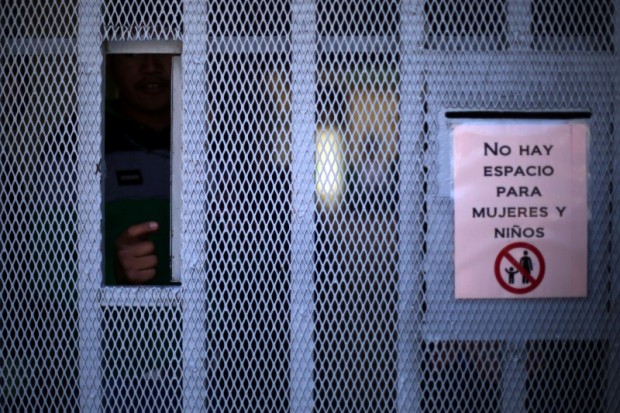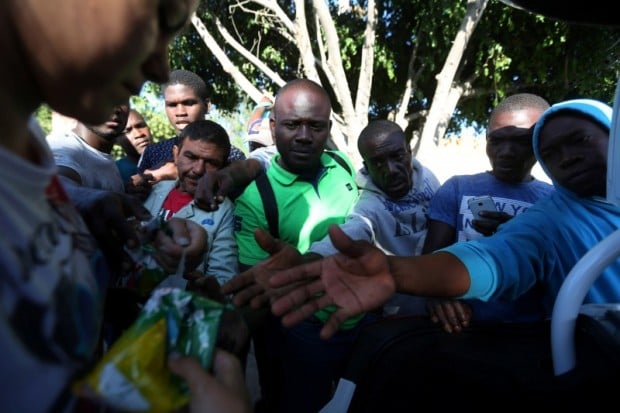Haitian and African migrants have been flooding into Mexico at record rates, and the National Action Party (PAN) in Mexico’s Senate sent a letter to the nation’s interior minister Sunday urging him to address this “humanitarian crisis.”
Interior Minister Miguel Angel Osorio Chong acknowledged this issue, calling it a “grave problem,” and will address it in a speech Tuesday in Baja California.
The Haitian and African migrants are huddled along Mexico’s northern border hoping to either receive asylum in the United States, or enter through other means. The number of border asylum claims has increased 10 fold since 2009, according to federal statistics.
In the first seven months, Mexico captured more African migrants than they had in the past four years combined. From March 2016 to October 2016, an estimated eight thousand Caribbean migrants entered Tijuana. (RELATED: Thousands Of Haitian And African Migrants Living Amid Trash In Mexico)

A Haitian migrant is seen at La casa del Migrante shelter aafter leaving Brazil, where they sought refuge after Haiti’s 2010 earthquake, but are now attempting to enter the U.S., in Tijuana, Mexico, October 3, 2016. The sign reads, “There is no room for women and children”. Picture taken October 3, 2016. REUTERS/Edgard Garrido
In the letter, PAN — one of Mexico’s largest political parties — said that 12,000 Africans and Haitians have settled in the cities of Tijuana and Mexicali. The vice-coordinator of PAN’s senate bench wrote, “What is occurring on our northern border, in these days, is a humanitarian crisis in which the federal government can’t close its eyes, or cross its arms.”
Interior Minister Osorio Chong said that when the United States offered asylum following the 2010 earthquake in Haiti, Haitians and Cubans surged into Mexico hoping to reach the U.S. “Now they have closed the border. They receive very little,” Chong added.
In the past week, 80 Haitians came to Nogales, Mexico in an attempt to receive asylum in Arizona.

Haitian migrants ask for food outside Padre Chava shelter after leaving Brazil, where they sought refuge after Haiti’s 2010 earthquake, but are now attempting to enter the U.S., in Tijuana, Mexico, October 3, 2016. Picture taken October 3, 2016. REUTERS/Edgard Garrido
The interior minister also said that many of these migrants had previously worked construction in Brazil, and due to lax laws in Brazil, Ecuador, and Panama, they have been able to make their way into Mexico.
Guatemala, which shares Mexico’s southern border, has captured more than 100 times more African migrants in 2016 than 2015. To stop this flow of migrants from reaching their country, Mexico has deployed troops on its southern border.


